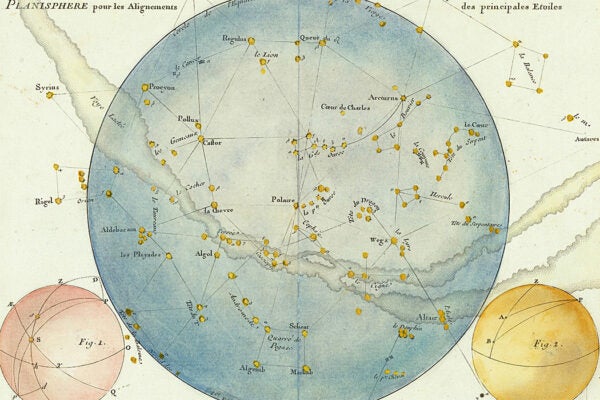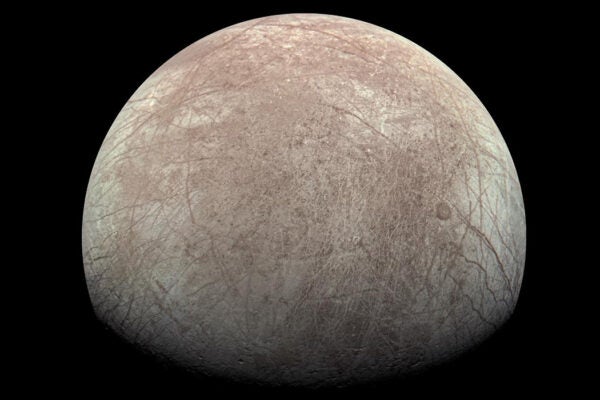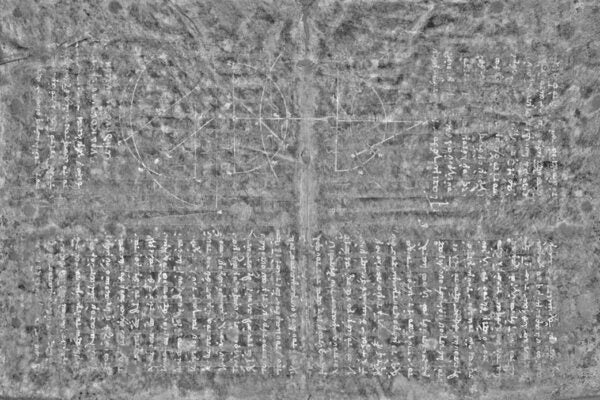Planting trees has increased in popularity as a solution for the problems of climate change in recent years, but it’s not just the wild forest that needs attention.
The urban forest, trees planted within cities, are of equal importance to natural forests. Trees in cities have the ability to sequester carbon, provide shade, and mitigate flooding. But there is more to planting trees than simply finding the space for them.
In a study published by the Arnold Arboretum of Harvard University, author Henry Arnold details why city trees matter. “The idea of sustainable cities is linked to an older concept of sustainable plant communities… Natural resources are renewed rather than depleted. However, this kind of sustainability for trees in the city cannot be achieved because the natural cycles have been interrupted there. Continuity of urban trees depends on human intervention.”
Arnold explains that the species to plant should be selected based on the sort of trees that are best adapted to the natural habitat of the environment, so that they can flourish. Furthermore, a city may not initially be suitable for planting trees. It may have poor soil quality, lack enough water, or contain pollutants, all of which should be considered early in the planning stages of a tree-planting effort.
The author also details that selecting trees for the city must be thought of in terms of infrastructure—it has to work with the city instead of against it. In ideal situations, trees can be “used as groves, arcades, connectors, buffers, canopies, and colonnades.”
But in practice, this can look different. An interdisciplinary study, led by Stephanie Pincetl, examined tree-planting initiatives in Los Angeles, California. Examining the effect of planting 1 million trees in the city, they analyzed how much water various species used, how much cooling came from their canopy, and other ecosystem services across several tree species.
Weekly Newsletter
Some trees outperformed others, especially in terms of water usage. In this study, non-native tree species used less water than native trees. The researchers believe more species-specific research could help city planners decide which trees may be the best fit for a city.
While it might seem that urban tree planting is a no-brainer, there isn’t a one-size-fits-all solution. As Pincetl writes, “The specific conditions in the Los Angeles case may be unique, but the research suggests that tree planting for ecosystem and human services needs to be implemented differently in different places, and perhaps even for different goals—well-being, shading, or simply beauty.”
Support JSTOR Daily! Join our new membership program on Patreon today.







